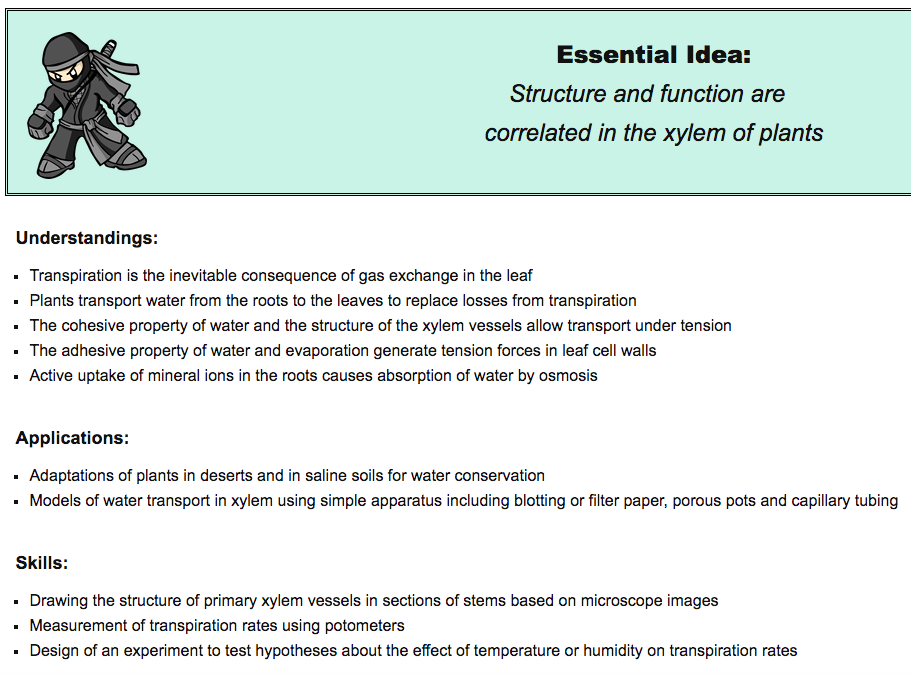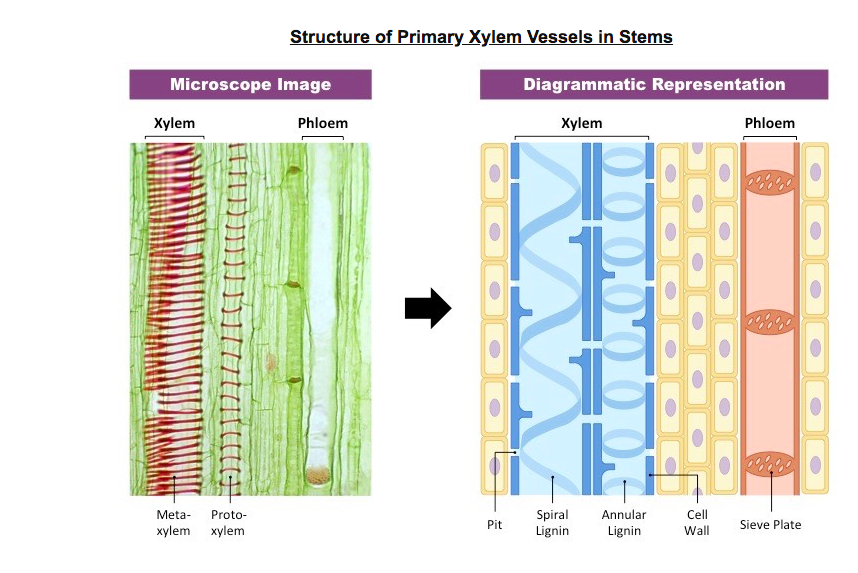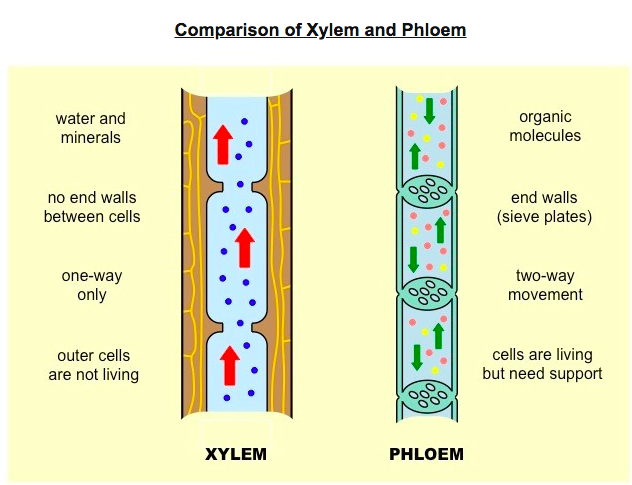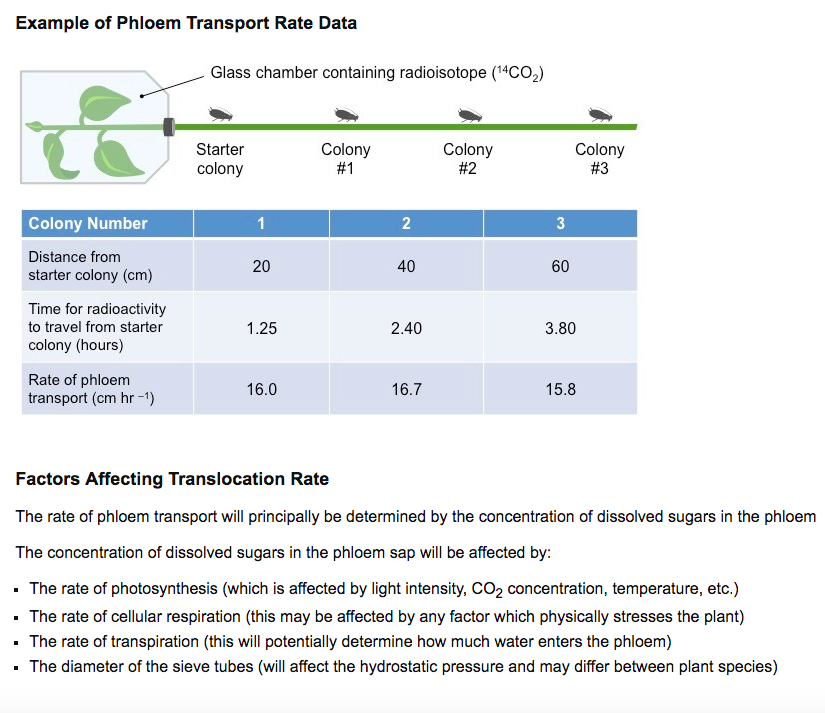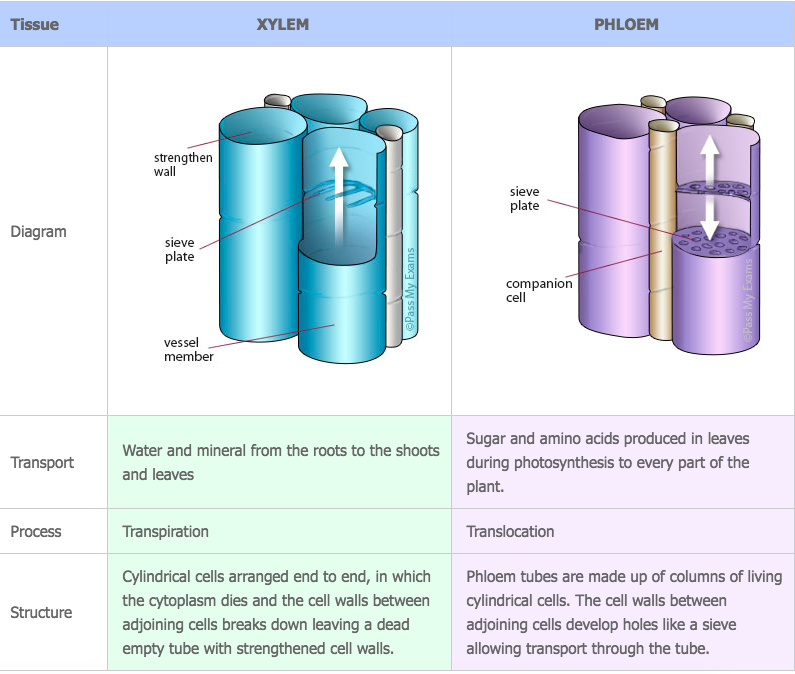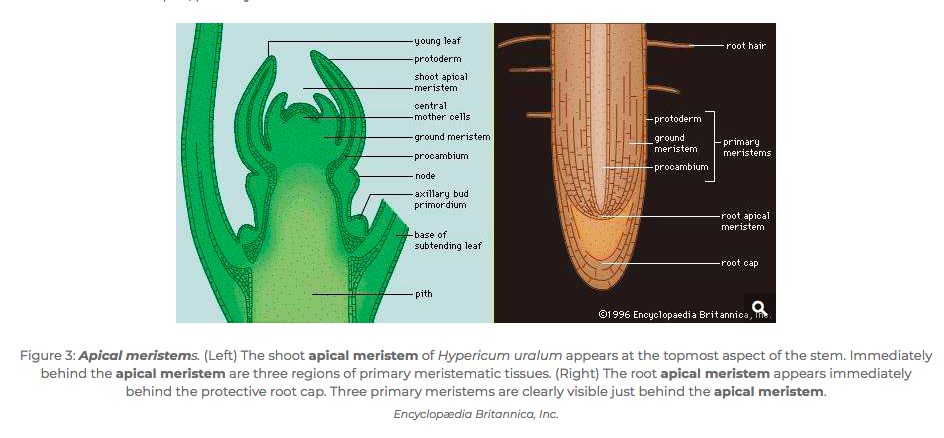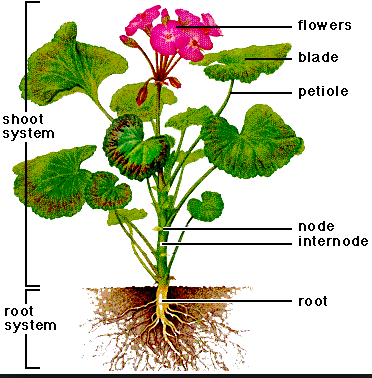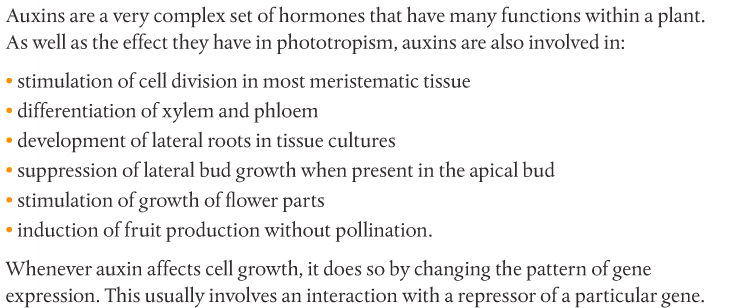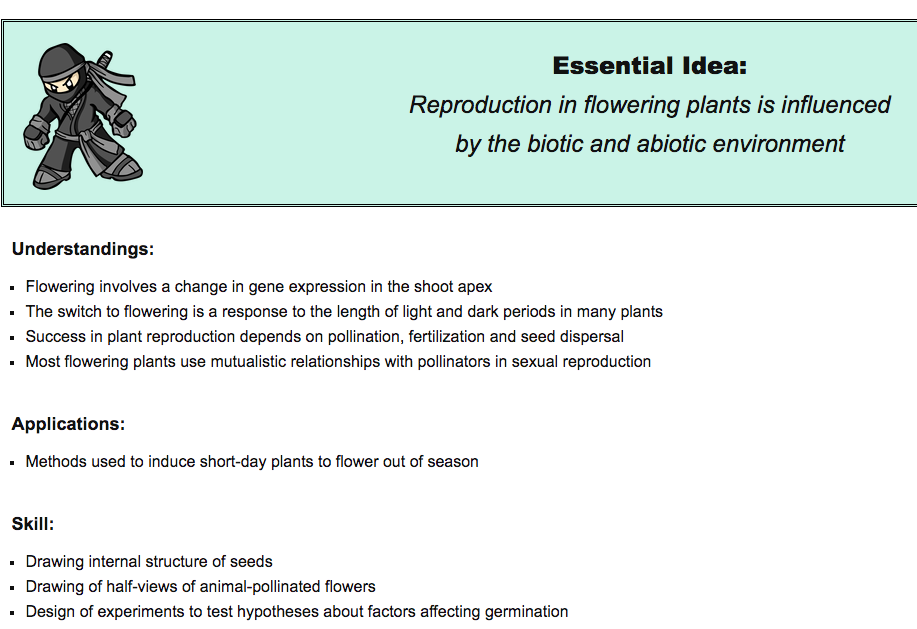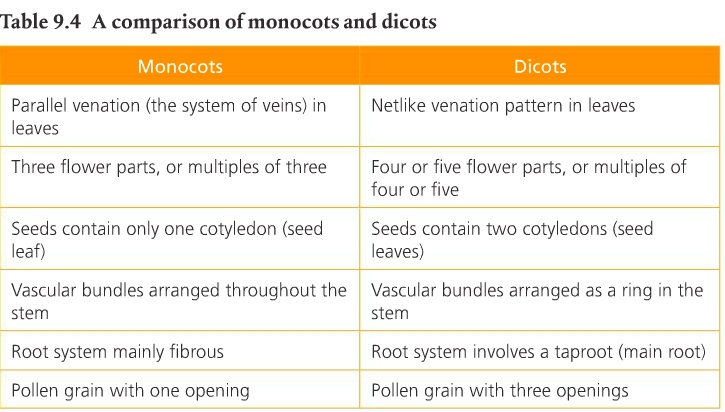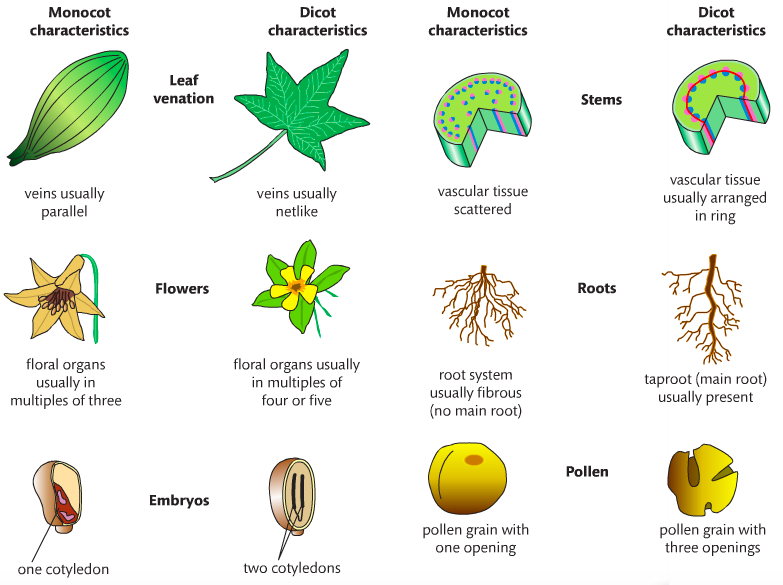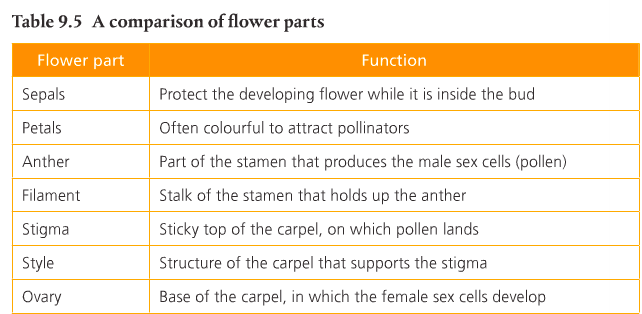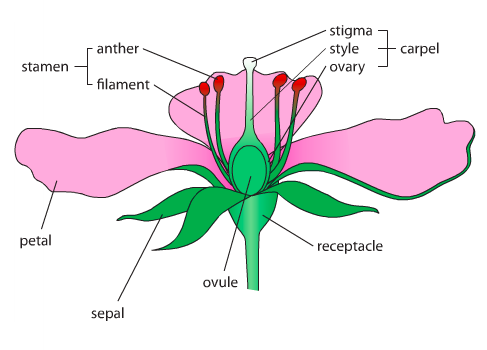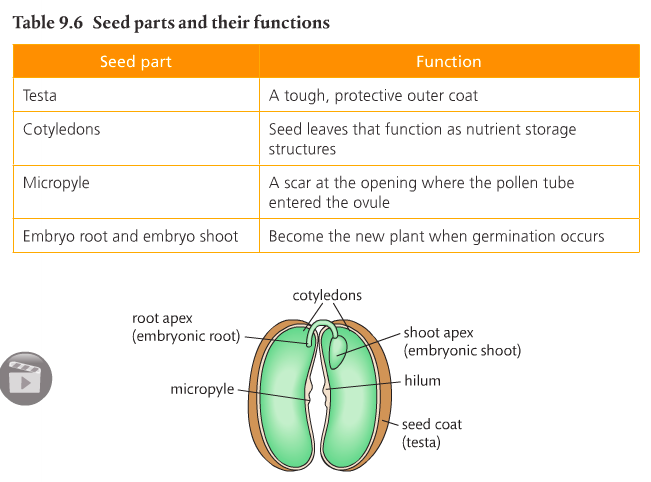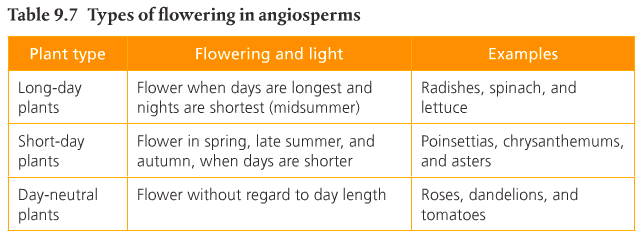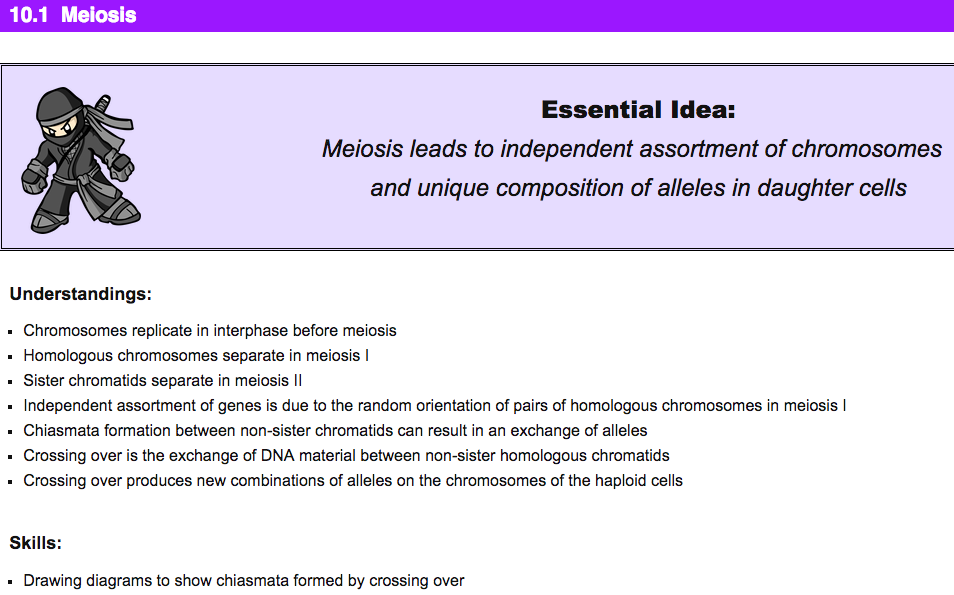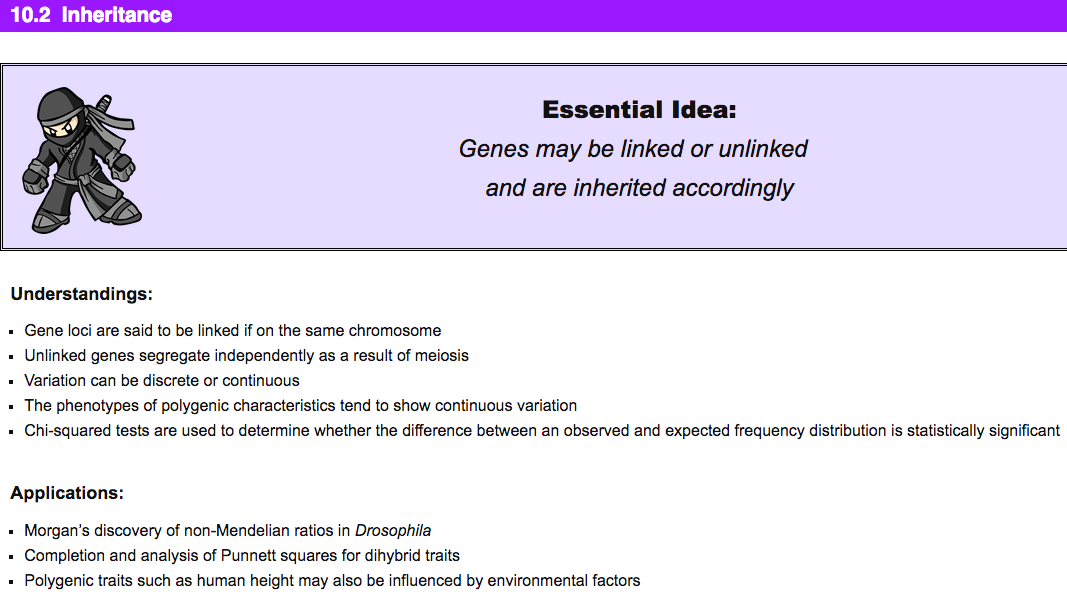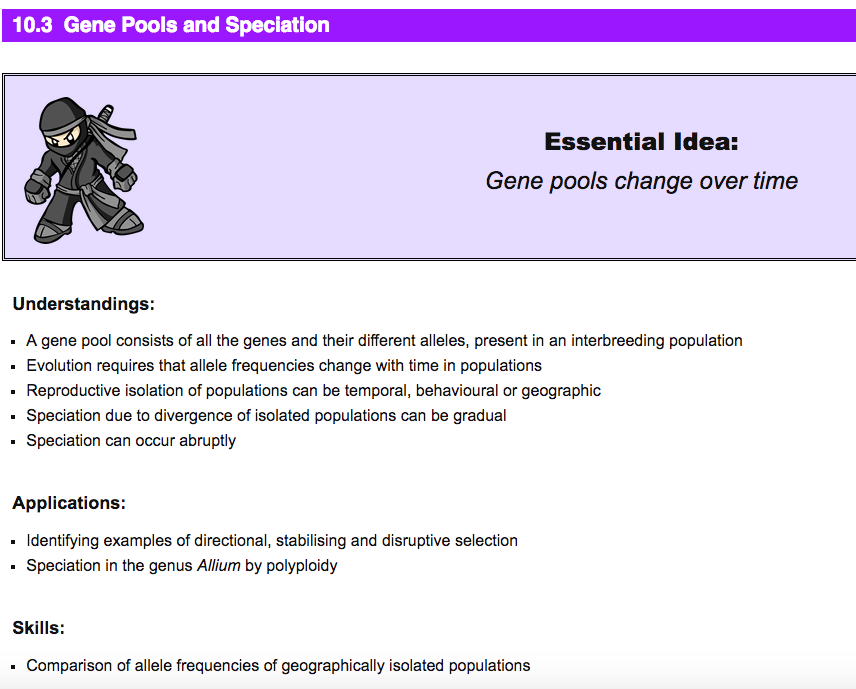Housekeeping: We will finish up Chapter 8 with photosynthesis. The test is scheduled for March 20, 2020.
Housekeeping: For the next few weeks, SL will have release and HL will work on the following chapters: 7 (Nucleic Acids) and 8 (Metabolism). We will start today with 7.1: DNA Replication. This is a lot more detailed than what you learned in Chapter 2. You will work on the Mission 1 and answer the KOGNITY questions I sent earlier today. You should have this Mission completed by the end of the period.
Click HERE for the Missions. Workbook Lessons: 9.1: #234-237 9.2: #240-242 9.3: #243-245 9.4: #246-250 Supplemental Links: IB Unit 9 Plant Biology BioNinja Plant Tissues Slideshare Below: Mission 1: Plant Highways, Exit 1: Xylem Mission Objectives: You should be able to... 1. Draw the structure of primary xylem vessels in sections of stems based on microscope images. 2. Measurement of transpiration rates using potometers. 3. Design an experiment to test hypotheses about the effect of temperature or humidity on transpiration rates. The structure of xylem vessels allows them to transport water inside plants efficiently. Xylem vessels are long continuous tubes strengthened by lignin so that they can withstand low pressures without collapsing. The pressure inside xylem cells is usually lower than atmospheric pressure. Water is attracted to the cellulose and other substances in the cell walls, which causes adhesion. The low pressure generates a pulling force that is transmitted through the water in the xylem vessels down the stem and to the ends of the xylem in the roots. This is called the transpiration pull and is strong enough to suck the water upwards, against gravity, to the top of the plant in question. This is a passive process. The pulling of water upwards in xylem depends on the cohesion that exists between water molecules. Transpiration is the process by which moisture is carried through plants from roots to small pores on the underside of leaves, where it changes to vapor and is released to the atmosphere (USGS, 2016). Transpiration is essentially evaporation of water from plant leaves. Plants minimize water loss through stomata using guard cells. These are the cells that are found in pairs, one on either side of a stoma. Guard cells regulate the opening and closing of a stoma. Image courtesy of bioninja. Below is an example of how to draw a xylem. Water is absorbed into root cells by osmosis. This happens because the solute concentration inside the root cells is greater than that in the water in the soil. The solutes in the root cells and the soil are mineral ions. These concentration gradients are established by active transport, using protein pumps for each type of ion the plant requires. Mineral ions can only be absorbed by active transport if they make contact with an appropriate pump protein. Plants transport water from root to leaves to replace losses from transpiration. See Figure 11 on page 409. Be able to explain the pathway of water from the root to the leaf. Let's talk about the structure of a leaf. One of the things you have to know is how to use a potometer to measure transpiration. We don't have potometers, but here's a video to show you how one works. I'm trying to figure out if we can construct a bootleg potometer. We can't construct an actual potometer, but you have to learn how to analyze experimental data. So we will do Lesson #238 in class today. You will need your workbook and access to Excel or Google Spreadsheet. Answer the questions and we'll discuss. 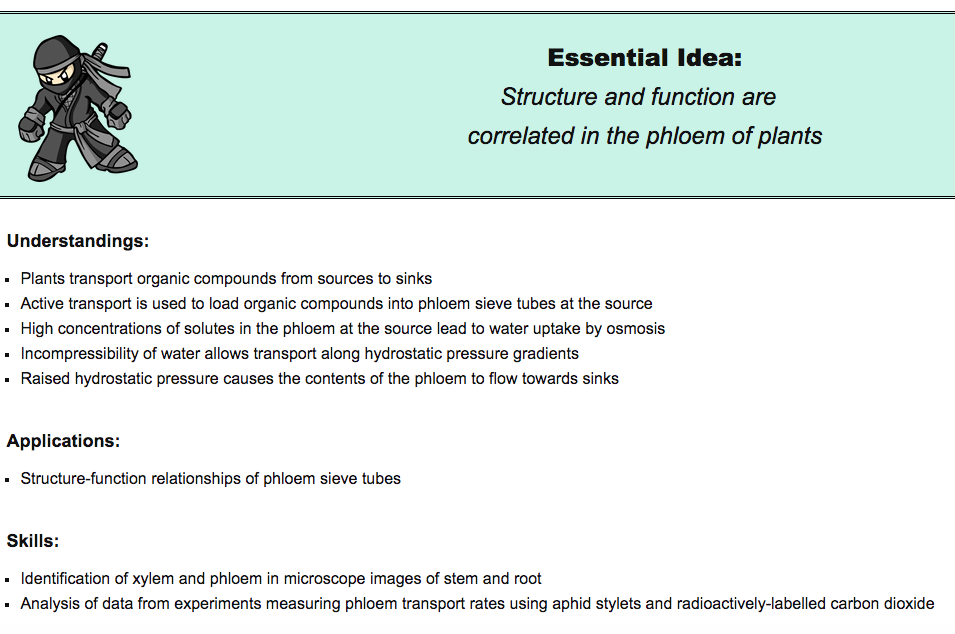 Mission 2: Plant Highways, Exit 2: Phloem Mission Objectives: You should be able to... 1. Analyze data from experiments measuring phloem transport rates using aphid stylets and radioactively-labeled carbon dioxide. 2. Identification of xylem and phloem in microscope images of stem and root. 3. Describe and explain the structure-function relationship of phloem sieve tubes. Phloem tissue is found throughout plants, including stems, roots & leaves. Phloem are composed of sieve tubes, which are themselves composed of columns of specialized cells. Individual sieve tube cells are separated by perforated walls called sieve plates. Phloem transports organic compounds throughout the plant. The transport of organic solutes in a plant is called translocation. Phloem links parts of the plant that need a supply of sugars and other solutes such as amino acids to other parts that have a surplus. See Table 1 on page 413. Sources are areas where sugars and amino acids are loaded into the phloem and sinks are areas where the sugars and amino acids are unloaded and used. Image courtesy of Bioninja. Active transport is used to load organic compounds into phloem sieve tubes at the source. Sucrose is the most prevalent solute in tree sap. It is not as readily available for plant tissues to metabolize directly in respiration and therefore makes a good transport form of carbohydrate as it will not be metabolized during transport. Phloem transport using aphid stylets. Aphids are insects that feed on the sap extracted from phloem. Their feeding tubes are called stylets. Pages 417-420 discuss aphid stylet experiments. Read and work your way through the DBQs. Below is some sample data from Bioninja. Go here to compare and contrast phloem and xylem tissue. The below image comes from passmyexams.co.uk. 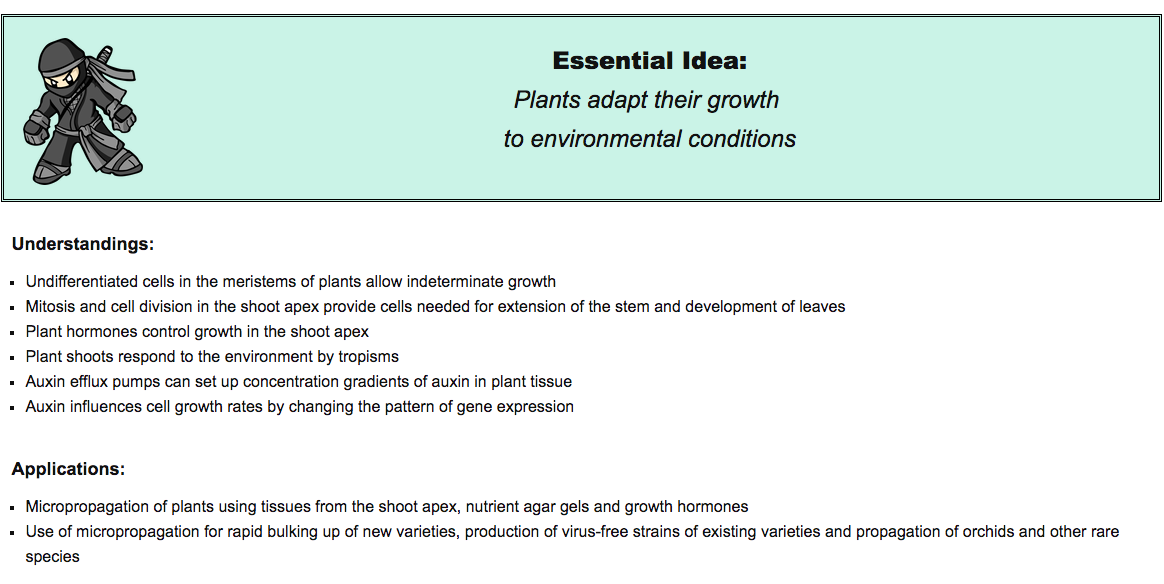 Mission 3: Growth Mission Objectives. You should be able to... 1. Explain how plants grow. 2. Describe the role of mitosis in stem extension and leaf development. 3. Define "micropropogation." 4. Explain the role of auxins in plant growth Growth in plants is confined to regions known as meristems. Meristems are composed of undifferentiated cells that are undergoing mitosis. Apical meristems are found at the tips of stems and roots. The root apical meristem is responsible for the growth of the root and the shoot apical meristem is at the tip of the stem. Shoot growth is a tad more complicated than root growth. Details are on page 423. Mitosis and cytokinesis in the shoot apex (tip) provide cells needed for extension of the stem and development of leaves. Cells in meristem tissue are small and go through cell division repeatedly to produce more cells via mitosis and cytokinesis. These new cells absorbed nutrients and water and therefore increase in volume and mass. Each apical meristem can give rise to additional meristems including protoderm, procambrium and ground meristem. These give rise to different tissues. Protoderm turns into epidermis, procambrium becomes vascular tissue, and ground becomes pith (that white stuff that you peel off oranges and other citrus). Image from brittanica.com. Auxins are hormones that have a broad range of functions including initiating the growth of roots, influencing the development of fruits, and regulating leaf development. Indole-3-acetic acid (IAA) is the most common auxin. You should know the relationship between IAA concentration and plant growth. Plants respond to the environment via phototropism and gravitropism. Phototropism is when plants turn towards the sunlight. Stems grow towards the brightest light source, causing them to bend. In the absence of sunlight, they grow upwards, against gravity. Growth in response to gravitational force is called gravitropism. If the plant is exhibiting phototropism, then auxin is transported laterally from the side with brighter light to the side that is more shaded. Higher concentrations of auxin on the shady side of the stem causes greater growth on that side so the stem grows in a curve towards the light source. Gravitropism is also auxin-dependent. The pattern of auxin effect is opposite to what happens in the shoot. In the shoot, auxin promotes elongation but in the root, auxin inhibits elongation. From the Pearson text: 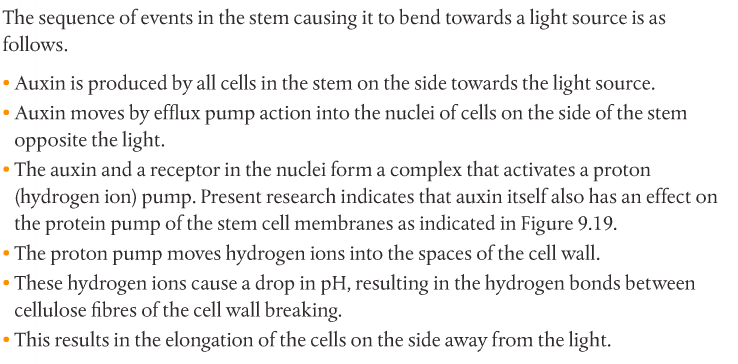 Mission 4: Baby-Making Greens Mission Objective. You should be able to... 1. Draw internal structure of seeds. 2. Draw half-views of animal-pollinated flowers. 3. Design an experiment to test hypotheses about factors affecting germination. 4. Explain the difference between pollination and fertilization. Flowering plants are called angiosperms. There are two classes of angiosperms: monocotyledons (monocot) and dicotyledons (dicot). Monocots have one seed leaf and dicots have two. Below are comparisons of monocots and dicots from the Pearson text. Continued research has refined these classifications but for this class, we will focus on monocots and dicots. In both types, animal-pollinated flowers have the same parts in common. The entire female part of the flower is called the carpel. The entire male part of the flower is called the stamen. Meiosis occurs in the stamen and carpel to produce gametes. Put a sketch of the flower in your notes. There are four types of flowers: (1) complete, (2) incomplete, (3) staminate, and (4) carpellate. Define each of these types and provide an example. All plants show two different generations in their life cycle. There is the gametophyte generation (GG), which is haploid, and the sporophyte generation (SG), which is diploid. This process is called alternation of generations. They are so named due to the reproductive cells they produce. GG produces plant gametes by mitosis. SG produces spores by meiosis. If you were looking at a flowering plant such as a cherry tree, what you are seeing is the sporophyte generation. The tree grew from a zygote and produced new cells via mitosis. When the tree produces flowers, haploid spores are formed and develop into haploid bodies referred to as gametophytes. Sperm form within male gametophytes and eggs form within female gametophytes. On your own, describe and explain the differences between pollination and fertilization. Seeds are the means by which an embryo can be dispersed to distant locations. It is a protective structure for the embryo. Dicot seeds contain the parts described below. If conditions are favorable, the seed will germinate (above video). This is the development of a seed into a plant. Favorable conditions include (1) water, to rehydrate the seed tissue, (2) oxygen, to allow for aerobic respiration, and (3) appropriate temperature, for enzyme action. On your own, answer the following: Why is light so important to plants? This is not as simple a question as it looks. You need to address the issue of flowering plants in particular. Mission 1: Meiosis. Mission objectives are listed below. You are already familiar with meiosis. Chapter 10 takes you deeper into the topic. Instead of examining single genes with two alleles, we will look at multiple genes that control a single trait. The guiding question is “Could there be a range of traits from one extreme to the other?” During prophase I, the process of synapsis brings two homologous chromosomes together in a pair called a bivalent. Recall that homologous chromosomes are similar in length, centromere placement, and the same genes at the same loci. They are not identical. One chromosome in the bivalent comes from the mother and the other chromosome comes from the father. Chromatids are one strand of a chromosome. The chromosome pair is made up of two sister chromatids. Mixing genetic material between non-sister chromatids (mother and father) occur when chromatids intertwine and break. In order for crossing over to take place, identical breaks must occur at exactly the same position in adjacent non-sister chromatids. The place where non-sister chromatids cross over is called a chiasma (plural: chiasmata). Many chiasmata can form along all four chromatids. During any single crossing over event, hundreds of thousands of genes can be traded this way. A single bivalent can have several chiasmata producing crossing over in more than one chromatid. This yields extensive genetic variation in the formation of gametes. This is why siblings (unless identical twins) never get the same combination of their parents’ alleles. The bivalent is pulled apart in anaphase I, which means one half of the homologous pair is pulled to one end of the cell. In anaphase II, the sister chromatids of each chromosome are separated and pulled to ends of the cell. During telophase II, a new nuclear membrane forms around the genetic material. Independent Assortment. Recall that Mendel’s law of Independent Assortment states that when gametes are formed, the separation of a pair of alleles between daughter cells is independent of the separation of another pair of alleles. One allele does not follow another when it is passed on to a gamete. Each allele in a pair can mix with either allele in another pair. Why do traits get passed on independently from each other? The orientation of bivalents during metaphase I is a random process. For humans, the total (theoretical) number of possible combinations during random orientation is 2^23 because there are 23 chromosomes in each gamete. The theoretical probability of a woman producing the exact same egg twice is 1 in 8,388,608. It is likely the same or similar probability of a male producing the exact same sperm. The possible combinations are infinite. Mission 2: Inheritance. Mission objectives are below. Remember when we completed monohybrid and dihybrid crosses? Monohybrid crosses examined one trait whereas dihybrid crosses examined two traits. In this section, we will look at multiple traits. Genes that are not linked should segregate independently, which means they should be able to pass to the next generation with or without the other. They show no dependence on each other and no preference either way. During the shuffling of alleles in meiosis, they are equally distributed between gametes. As a result, there should be predictable ratios. There are autosomal genes, which means they’re located on any of the 22 autosomes, not the sex chromosomes. A trait that is sex-linked is located on the 23 pair (the sex chromosomes). Where a gene is located determines whether the trait it controls is more common in males than females. When a trait is more common in one sex than the other, the chances are that the trait is sex-linked and the locus is either on the X or the Y, or both. If there is no pattern, then the trait is likely autosomal. Any two genes that are found on the same chromosome are said to be linked. Linked genes are passed on to the next generation together. See the Drosophila data. Linked genes have a special notation used in test crossing. To determine whether a fly’s phenotype is the result of a homozygous or heterozygous genotype, a test cross is completed using a known homozygous recessive. Recombinant is used to describe the new chromosome and the resulting organism. Recombinants have allele combinations that do not match either parent’s genotype. The way recombinants form is through crossing over. Without this process, certain alleles would always be inherited with certain other alleles for the reason that they are linked. Below is a gene linkage practice problem. We will work on it in class. You need to be able to form and identify recombinants like this. Polygenic Inheritance. This involves two or more genes influencing the expression of one trait. With two or more allele pairs are found at different loci, the number of possible genotypes is greatly increased. Most human traits are too complex and show too many combinations to be determined by one gene. With two alleles (dominant and recessive) of a single gene, possible phenotypes are limited. When there are multiple alleles for a single trait, the phenotype possibilies increases. Ex: ABO blood type has 3 alleles and four possible phenotypes. When an array of possible phenotypes can be produced, it is called continuous variation. Skin color is such a trait. The intensity of pigment in skin is the result of the interaction of multiple genes. When variation is not continuous, it is referred to as discontinuous variation, or discrete variation. When there are many intermediate phenotype possibilities, the trait shows continuous variation, which becomes a bell curve when results are plotted on a graph. We will look at chi squared tests at the end of the chapter, but it would help you to prepare beforehand by watching this video. Mission 3: Gene Pools & Speciation. Mission objectives are below. Gene pools are relatively stable over time, but not always. New alleles can be introduced as a result of mutation and old alleles can disappear when the last organism carrying that allele dies. Some alleles prove to be advantageous and are more frequent as a result. Immigrations (coming in) and emigrations (leaving) usually result in a change in allele frequencies. When there is a change in allele frequency, it can be determined that some degree of evolution has taken place.
Reproductive Isolation of Populations. Members of the same species (same gene pool) can be stopped from reproducing because there is a barrier between them. Barriers can be geographical, temporal, behavioral or related to hybridization infertility. Geographical isolation happens when land/water formations prevent males and females from finding each other, which makes interbreeding impossible. Temporal isolation refers to incompatible time frames that prevent populations or their gametes from encountering one another. Behavioral isolation can occur when one population’s lifestyle and habits are incompatible with those of another population. Find two examples of each kind of reproductive isolation. Speciation. Gradualism is one of two theories about the pace of evolutionary change. It was the prevailing the idea that species slowly change through a series of intermediate forms. However, there were gaps in the fossil record that did not support the theory. Punctuated equilibrium holds that long periods of relative stability in a species are punctuated by periods of rapid evolution. According to this theory, gaps in the fossil record are not gaps at all, as there was no long sequence of intermediate forms. Events such as geographic isolation and the opening of new niches within a shared geographic range can lead to rapid speciation. Read up on directional, stabilizing, and disruptive selection. |

